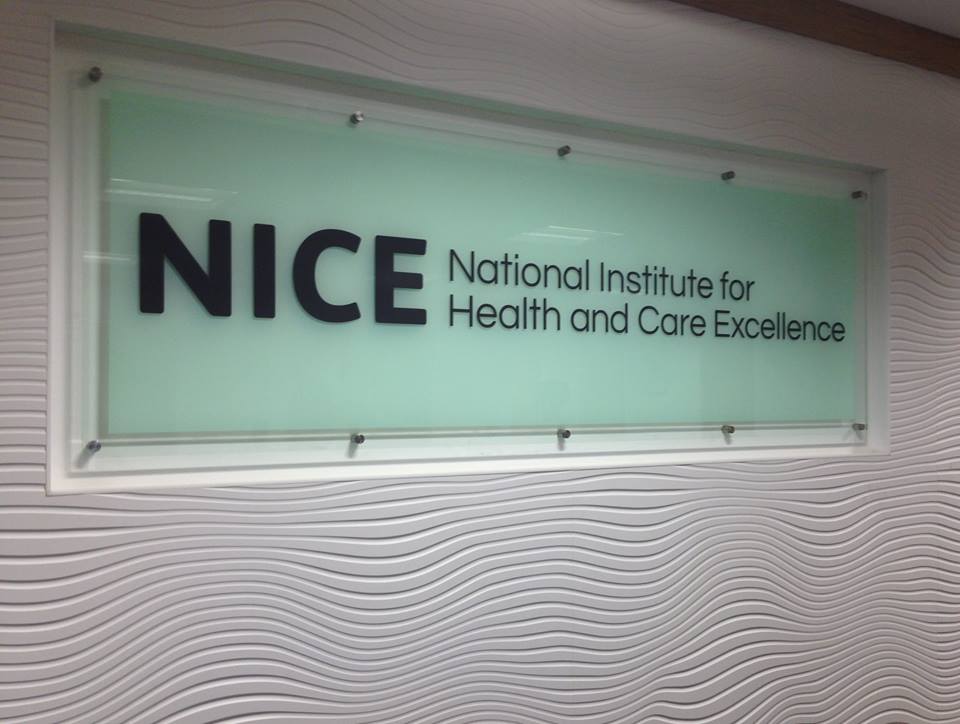Rare disease drug Strensiq too expensive, says NICE

Alexion's new rare disease treatment Strensiq has been rejected by England's health watchdog NICE in draft guidance.
Strensiq (asfotase alpha) is a treatment for the rare disease paediatric-onset hypophosphatasia, with just seven people a year diagnosed with the condition in England every year.
NICE says Alexion has supplied data which suggests the drug helps improve the outlook for patients, but says the drug's high cost – £366,000 per patient every year – has not been adequately justified by the company.
Paediatric-onset hypophosphatasia is a serious, inherited, progressive and life-threatening genetic disorder that disrupts the process in which minerals such as calcium and phosphorus are deposited in developing bones.
The condition often causes a variety of debilitating bone conditions, such as rickets, bone deformity and fractures, as well as generalised seizures, plus renal and respiratory complications.
The most severe forms of the condition tend to occur before birth and in early infancy, with up to 100% of infants with early symptoms dying within the first year of life, mainly because of respiratory failure.
Strensiq is the first therapy that specifically targets the underlying cause of hypophosphatasia, replacing the key enzyme missing in patients.
Commenting on the draft guidance, Meindert Boysen, Technology Appraisals Programme Director at NICE, said there was a clear need for treatment of the disease, but that the price of Strensiq was too high.
NICE's specialised technologies committee concluded that the drug improved the probability of survival in perinatal- and infantile-onset hypophosphatasia compared with best supportive care, and was also likely to help reduce other problems such as the need for respiratory support and the severity of rickets.
However, the committee was unable to estimate from the clinical evidence the precise size of these benefits that are relevant for patients in the longer term.
"The committee concluded that, although asfotase alfa is an important development in the treatment of paediatric-onset hypophosphatasia with the potential to provide major benefits for some people with the condition, it does not represent value for money for the NHS."
Comments on the preliminary recommendations are available for public consultation until 7 January 2016, with the next draft expected within weeks of this date.
Alexion is no stranger to dealing with NICE's rare disease drug review system – its other drug Soliris was the first to be appraised by NICE, and gained recommendation in December 2014 after a protracted review and negotiations on price.
NICE will now encourage Alexion to enter negotiations and offer a discount to Strensiq's price. NICE has just finalised a deal with BioMarin for its rare disease drug Vimizim, which includes the collection of real-world data and a price cap for spending on the drug.
Vimizim's list price is even higher than Strensiq – £394,680 for a year's treatment per patient – but the firm has agreed a confidential discount.
The Vimizim deal looks like the shape of things to come for rare disease drugs in England, with more and more high cost orphan drugs expected to reach the market over the next few years.
Related article
Rare disease drug Vimizim gets NICE 'yes' – but needs real-world data 3 September 2015











